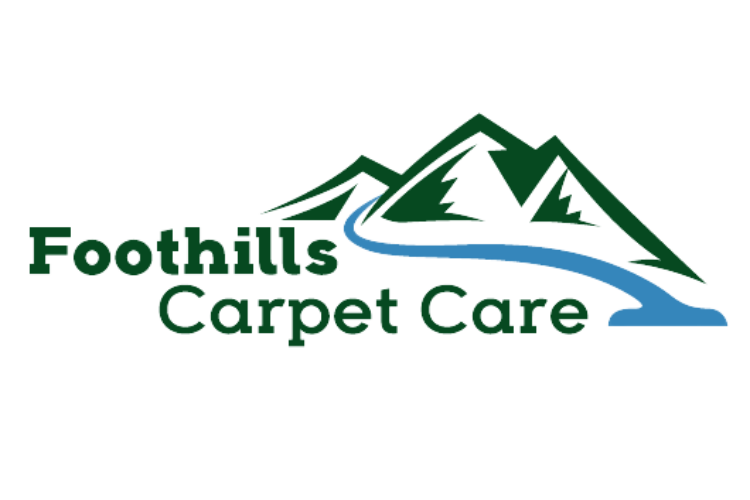Perhaps it was a busted pipe or you started filling the bathtub for a relaxing soak, got sidetracked by an important Zoom call. The entire downstairs is flooded and you’re looking at water damaged carpets. All those beautiful carpets and rugs are ruined…or are they? Keep reading!
Determine the water source
- The cause and source of the water is the number one factor in determining if carpet and rugs can or should be salvaged. Water from a broken interior plumbing pipe is different from floodwaters that are most likely mixed with contaminants such as sewage. If there is any indication the source of flooding may be contaminated then the carpet will need to be replaced. Bacteria and infectious organisms are difficult to remove and can quickly cause detrimental health concerns.
- The next step is figuring out how long the carpet has been wet. Obviously the longer the carpet itself is wet, moisture is able to seep into the padding and eventually the hardwood or subflooring underneath. Research done by FEMA has determined there is an approximate 24 to 48 hour resolution window before mold and mildew begin to grow. And while in some cases the carpet can be saved, the more times that passes, the harder the process becomes.
Cleaning up the water damaged carpets
- While a shop vacuum may seem like it‘s taking care of the problem by removing the majority of moisture from the carpet, it’s doing nothing for the padding or flooring underneath. The carpets and padding must be pulled up off the floor so they can thoroughly dry. Plus, this is the only way to determine if there is visible mold and mildew and if the subflooring has moisture damage. Often there is moisture trapped in the floorboards that can only be detected by a professional with the proper tools. Industrial fans and dehumidifiers may be required to help mitigate the damage.
- Carpet padding is designed to be sponge-like and can hold a tremendous amount of water, making it very hard to dry in a timely manner. So in many cases, the carpet itself can be salvaged but new padding will be required. And this isn’t always a bad thing as carpet padding technology is constantly improving and new padding may just provide better comfort and more sound insulation.
- Be aware there may also be drywall and baseboard damage along with mold and mildew growing behind the walls. If drywall damage is suspected, the carpeting will definitely need to be pulled away from the wall so the scope of damage can be assessed.

Water damage? Pet stains? Carpets ripped or torn? One call to Pro Carpet Repair and Restoration can take care of all these problems plus so much more. Please give us a call today at 864-569-9366 for additional information. You also may reach us by filling out our safe and convenient online form and we’ll be in touch within 24 hours.
